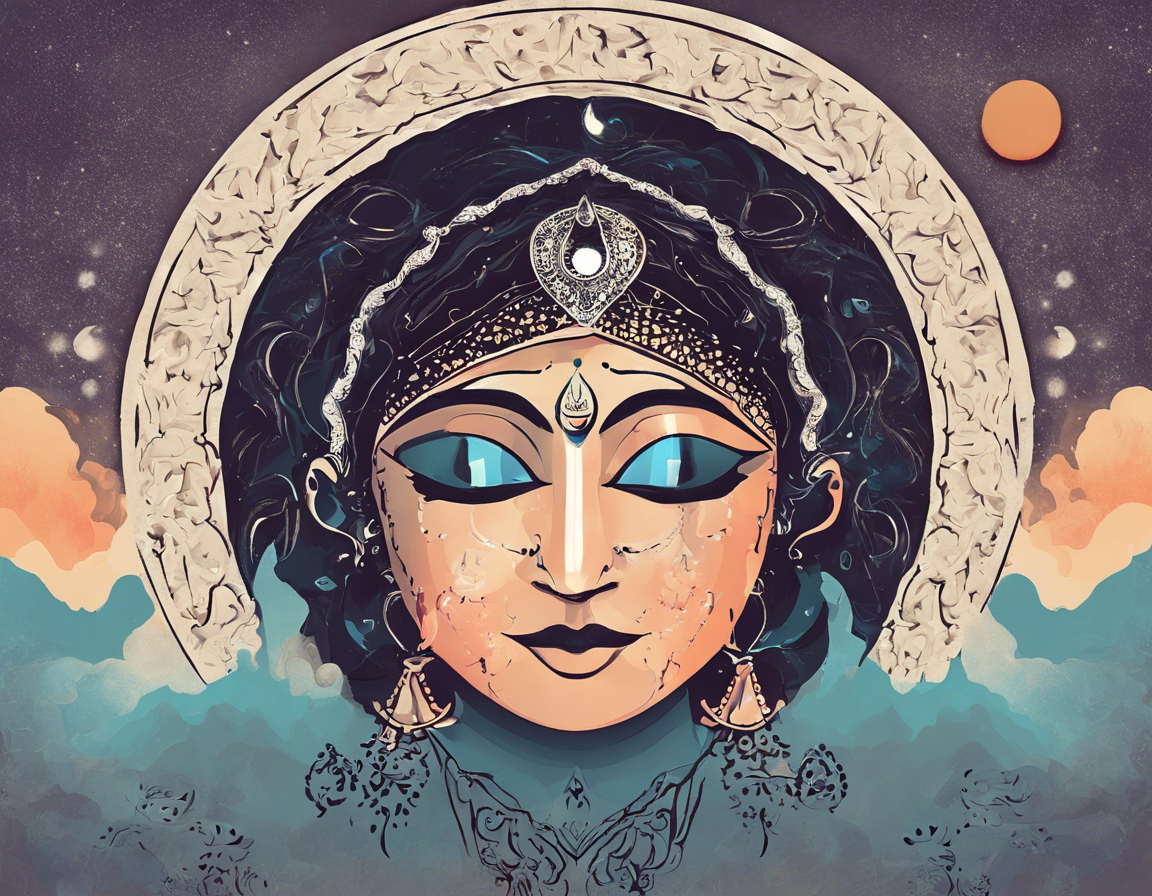Aaj Chand Kab Nikalega – Timings and Importance
- 85 Views
- Yash
- May 23, 2024
- Uncategorized
Aaj Chand Kab Nikalega – Timings and Importance
The sight of the moon brings joy and excitement to people of all ages. The timing of the moonrise or “Chand Nikalne ka samay” holds immense significance in various cultures and traditions. Observing the moon is associated with religious, cultural, and social beliefs, affecting practices such as fasting, celebrations, and rituals. In this article, we will explore the importance of the moonrise, timings, and its relevance in different aspects of life.
Importance of Moonrise Timing:
The moonrise time varies according to the lunar cycle, geographical location, and time of the year. In Indian culture, the moonrise is crucial for determining the date of festivals and auspicious occasions. Devotees often wait eagerly for the moon to appear, indicating the end of a fast or the beginning of a festival.
In Hinduism, the moon holds a special place, with Chandra being a deity and a significant planet in astrology. The sighting of the moon after sunset carries spiritual importance and is believed to bring blessings and prosperity.
Chandrama, as the moon is known in Hindi, symbolizes beauty, calmness, and rejuvenation. Its gentle glow is associated with soothing qualities and is often linked to love and romance in literature and poetry.
Significance of Moonrise in Different Cultures:
-
Islamic Culture: In Islam, the sighting of the moon marks the beginning of the new month, crucial for determining dates of festivals such as Ramadan or Eid. The Islamic calendar is lunar-based, making the moonrise sighting essential for religious practices.
-
Chinese Culture: The Mid-Autumn Festival in Chinese culture is centered around the full moon. Families gather to admire the full moon and celebrate unity and the harvest season. The moon holds significance in Chinese folklore and is associated with legends and stories.
-
Native American Culture: Many Native American tribes hold ceremonies during the full moon, also known as the “Harvest Moon”. The moonrise is a time for reflection, gratitude, and connecting with nature’s rhythms.
Factors Affecting Moonrise Time:
The moonrise time is influenced by various factors, including:
-
Geographical Location: The position on the Earth greatly impacts the timing of the moonrise. Coastal areas or places near the Equator might have different moonrise times compared to regions further north or south.
-
Seasonal Changes: The tilt of the Earth’s axis causes seasonal variations in the moonrise time. In some seasons, the moonrise can occur during daylight hours, making it harder to spot.
-
Lunar Cycle: The moonrise time changes throughout the lunar month, with the full moon rising at sunset and the new moon at sunrise.
How to Determine Moonrise Time:
Various resources and tools are available to determine the moonrise time for a specific date and location. Websites, apps, and astronomical calendars provide accurate information regarding the moon’s movement and rise timing.
Astronomical Almanacs offer detailed tables and charts showing the moonrise, moonset, and other celestial events for each day. These almanacs are valuable resources for astronomers, stargazers, and enthusiasts interested in tracking the moon’s phases.
FAQs about Moonrise:
-
What is the significance of the first sighting of the moon after the new moon phase?
The first sighting of the moon after the new moon marks the beginning of a new lunar month in many cultures and is crucial for religious observances and calendar purposes. -
Why is the full moon often associated with mythical beliefs and legends?
The full moon’s bright glow and distinctive appearance have captured human imagination for centuries, leading to various myths, folklore, and legends associating the full moon with supernatural powers and phenomena. -
Can the moonrise time vary within the same city on different days?
Yes, the moonrise time can vary slightly each day due to the moon’s orbit and the Earth’s rotation, leading to differences in the moonrise time even within the same city. -
How does the moonrise time affect agricultural practices in different cultures?
Many agricultural communities use the lunar calendar to plan planting, harvesting, and other agricultural activities. The moonrise time often guides farmers in coordinating their routines with lunar phases. -
Is there a specific ritual or practice associated with watching the moonrise?
In some cultures, people perform rituals or prayers while watching the moonrise, seeking blessings, expressing gratitude, or setting intentions for the upcoming month.
Conclusion:
The moonrise holds a special place in human culture, spirituality, and tradition. From marking the beginning of festivals to guiding agricultural practices, the moon’s timing and sighting play a significant role in various aspects of life. Observing the moonrise can be a moment of reflection, celebration, and connection with the celestial rhythms that govern our world. So, next time you look up at the night sky, take a moment to appreciate the beauty and significance of the moonrise.
His love for reading is one of the many things that make him such a well-rounded individual. He's worked as both an freelancer and with Business Today before joining our team, but his addiction to self help books isn't something you can put into words - it just shows how much time he spends thinking about what kindles your soul!




